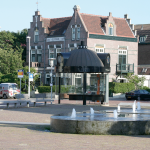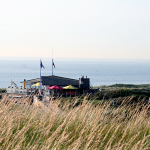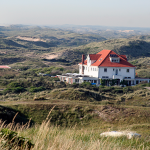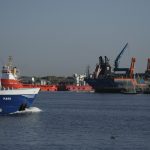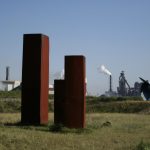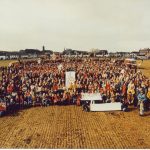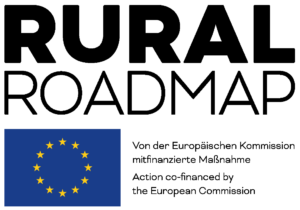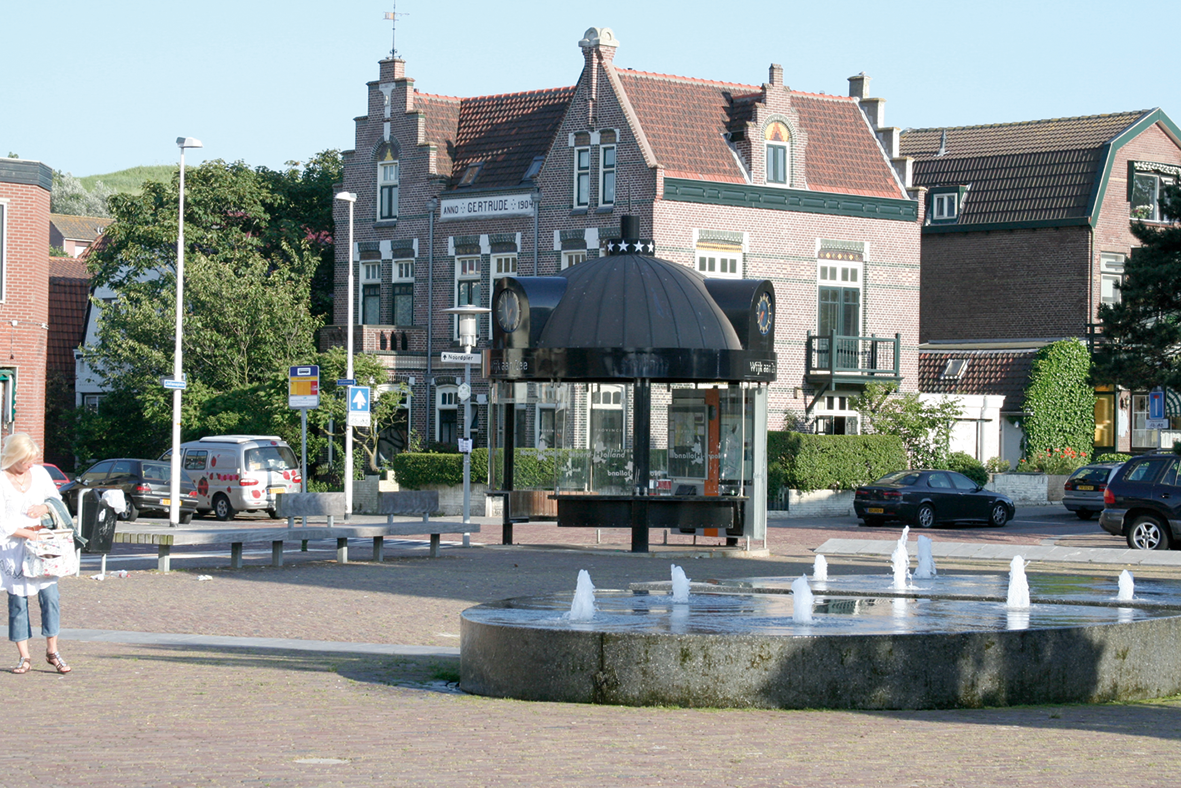
Wijk aan Zee, Netherlands
The village Wijk aan Zee, located at the coast of the North Sea, is part of the municipality Beverwijk in the north of the Netherlands, which has 37,000 inhabitants. About 2,300 people call Wijk aan Zee their home. In 1999, the movement of the Cultural Villages of Europe started and integrated eleven villages across Europe to enter into a lively cultural exchange. A group of committed citizens, carried by a high level of idealism, organized regular encounters with unconventional methods, leading to friendly contacts across the whole of Europe.
Wijk aan Zee is characterized by two opposing industry branches: as an original fisher village located near the dunes, it became a popular destination for the surrounding cities. There are 100,000 people living in a radius of 12 km. On the other hand, the steel industry took hold after the construction of the North Sea Channel, which connects Amsterdam to the open sea. Corus, a company which today lays claim to 800 ha of dunes, gives work to 8,000 people. When extension tendencies impacted on the quality of life in the 1970s and the existence of the village altogether was in danger, the citizens engaged in massive protest and developed strategies to help their village survive. The protest movement made people in Wijk aan Zee recognize their potential and helped them to fight for the preservation of their village and their local identity.
The self-reliant and confident group is still active today and realizes its projects without the financial support of outsiders. During the monthly assemblies of the village council, important decisions are being made, which will then be published in the independent village newspaper, initiating lively discussions among the populace.
The numerous clubs and societies influence rural life and are a fixed part in the lives of the members of the village council. In the area cultural exchanges, a varied range of activities has developed, including people of all ages. It defines the village life. School and children are a focus of activities, furthermore there are events and festivities where young local musicians get the opportunity to play before an audience. A gallery has been opened, serving as a workshop, a studio and a meeting point for artists, as well as a point of sales. A group of senior citizens meet on a regular base, they discuss given topics, maintain contact to the youth and, via Internet and personal visits, engage in a lively exchange with the other cultural villages. Some young people, together with youngsters from other European cultural villages, are producing a movie. A vast park with sculptures, the so called “Ocean of Steel”, links highly valued, internationally renowned pieces of art from steel with the reality of the steel industry, all in the setting of fuming plants.
Wijk aan Zee has made itself a name as the initiator of the Cultural Villages of Europe, its cross-country initiatives and its endeavor for international cultural exchange. Lived hospitality, European-wide, humanitarian contacts and an open view on life are reflected in the village and among the people meeting in numerous clubs and societies. The constructive dealing with the steel giant as the main employer is also remarkable, which ultimately led to a self-reliant, creative development of the village and its new identity.
Evaluated: 2010
